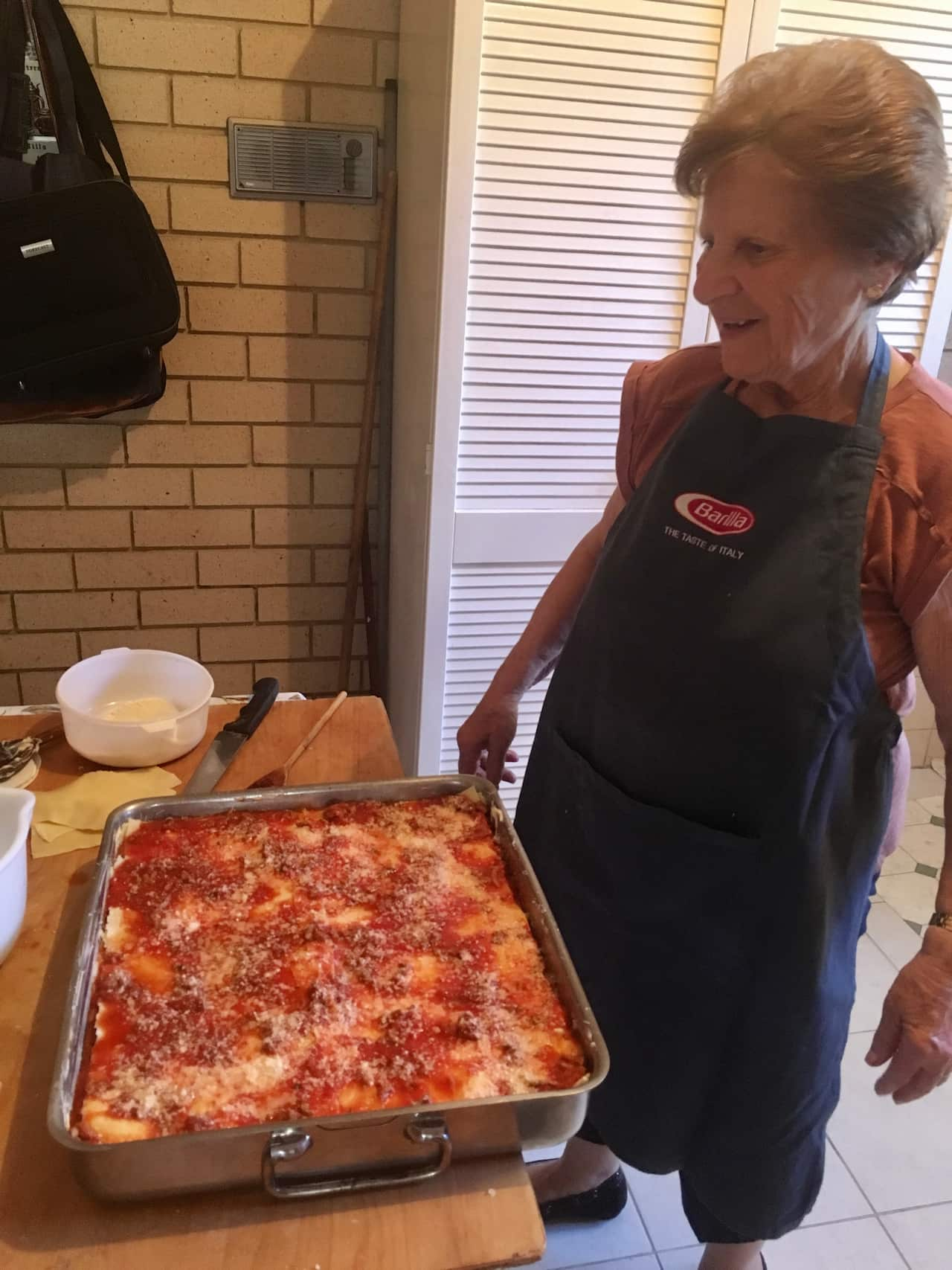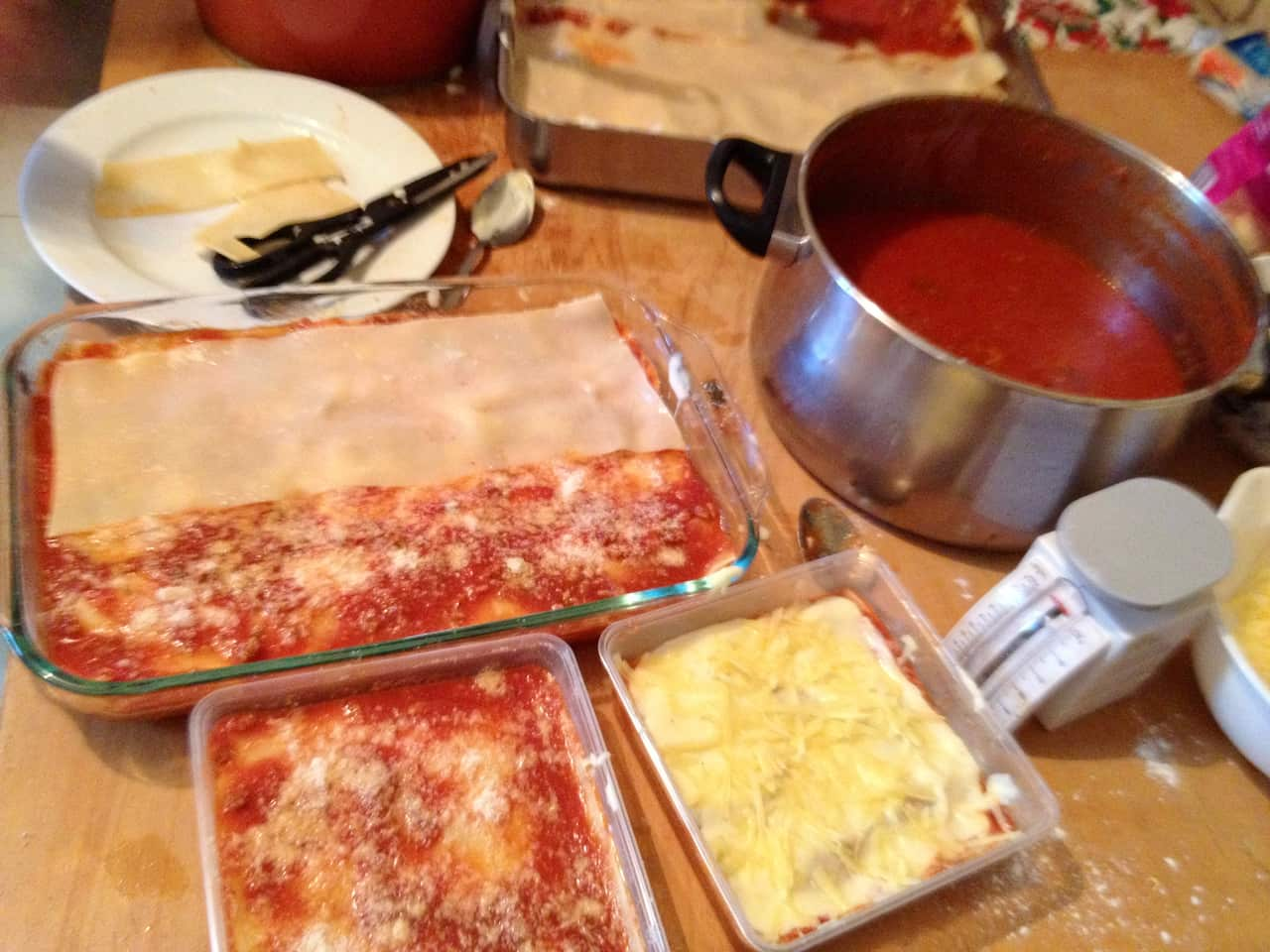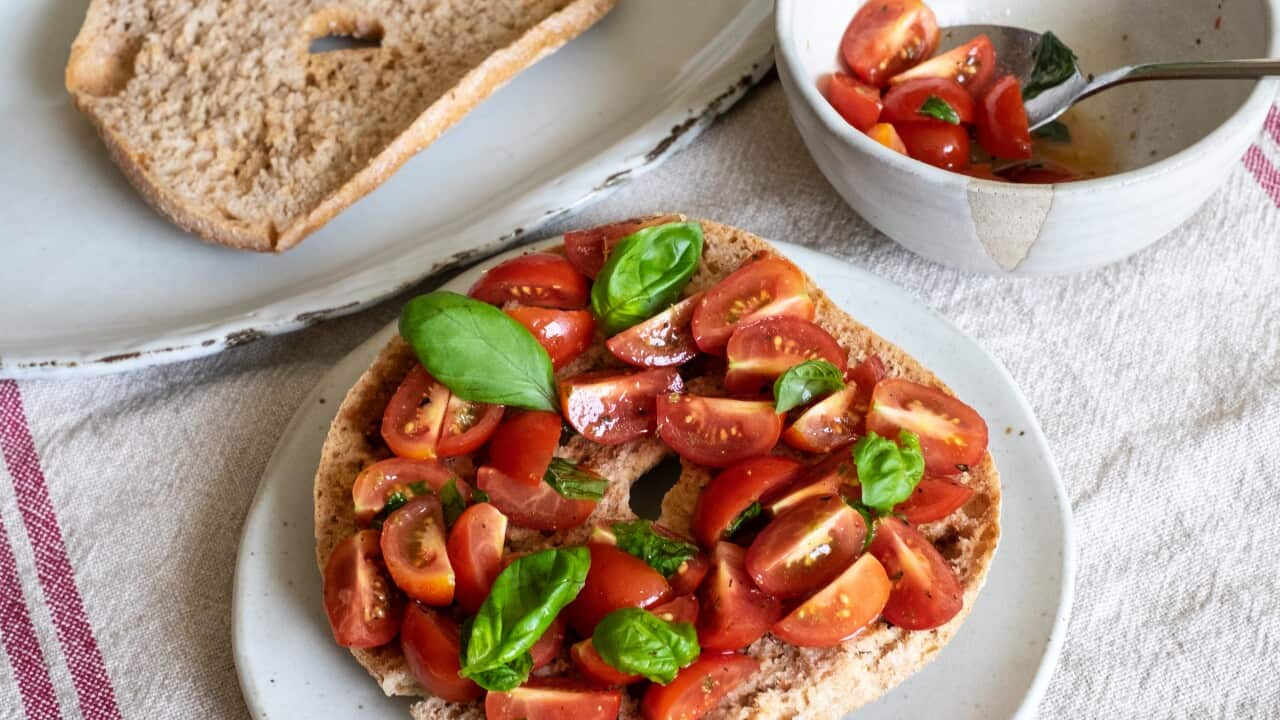Consider me the human version of Garfield. Like the famous, lazy cartoon cat, I have an undying love for layers of pasta, by which I mean lasagne.
When there's a decent slab of lasagne, I don't discriminate. Six, 10 or 12 layers of pasta, meat, oozing cheeses, sauces and béchamel sauce. Whatever the method or mix, I don't care for the finer details as long as it tastes good, particularly if my mother or grandmother makes it.
ITALIAN FAVOURITE

Lasagne recipes from across Italy you might want to bookmark
I'm a second-generation Italian-Australian and I have passata sauce running through my veins. I've been fortunate enough to have been raised in a family where we value good food and make dishes from scratch.
My maternal grandparents immigrated to Australia in 1958 from the provincial town of Grassano in southern Italy. Nonna didn't want to leave the flavours of Italy behind, so she brought her family's food traditions: passata, sausage-making and plenty of pasta.
Because lasagne takes a lot of time and energy, she only made it to celebrate special occasions: Christmas, Easter, anniversaries – you name it. If it was requested for a birthday meal, it was served. Who needs cake when you have lasagne? Just as lobsters represent a prosperous and decadent feed, our celebratory dish does too – just replace the multiple legs with multiple layers.
I am a second-generation Italian-Australian, and I have passata sauce running through my veins.
To me, lasagne reigns supreme and defines our extended-family get-togethers.
As a kid, we'd go to my nonna's second kitchen in the garage to watch her work her magic with the sugo (sauce) spoon perfecting each layer. Each layer of her lasagne was put together in a certain way.
After she spooned runny passata sauce along the bottom of the baking dish, nonna followed the two-one-two rule. She'd start with two layers of bolognese sauce and one layer of béchamel sauce. She repeats this three times at least and finishes with a red layer. At a minimum, her lasagne contains at least 10 layers and resembles lasagne served at restaurants. A friend taught nonna how to create this version of lasagne on a trip back to her hometown of Grassano in 1977. Previously, nonna made her lasagne alla Neapolitan style with tiny meatballs and chopped-up boiled eggs.
A friend taught nonna how to create this version of lasagne on a trip back to her hometown of Grassano in 1977. Previously, nonna made her lasagne alla Neapolitan style with tiny meatballs and chopped-up boiled eggs.

Nonna with her lasagne, which we love eating during special occasions. Source: Julia D'Orazio
Because nonna's lasagne is considered a festive dish, I even composed a Christmas carol in its honour and would sing it every Christmas as a kid. To the tune of The 12 Days of Christmas, I would sing: "The 12 of layers of lasagne my nonna gave to me".
Luckily for me, my family recognised how much I loved lasagne and gave me an extra slab or two at the table. I was a growing girl, after all. Even still, this lasagne would feed 13 people in one sitting – and that's not including the servings set aside to take home. Italians don't just cook for an occasion; they think about the next meal. The morning after, I would often eat lasagne for breakfast because I, like Garfield, can be very possessive when it comes to my favourite pasta.
The morning after, I would often eat lasagne for breakfast because I, like Garfield, can be very possessive when it comes to my favourite pasta.

Nonna applies a special technique when making lasagne. Source: Julia D'Orazio
I must thank my nonna for passing on her recipe to my mother, but I've been lucky enough to have made it with both of them. It was during a cooking session with mum that I discovered their secret weapon ingredient: nutmeg. Trust me, add it to the sauce and the béchamel sauce and it's a game-changer.
However, I'd be foolish to admit that I liked making it more than I enjoyed eating it. After all, I'm lazy, just like Garfield. And what else do Garfield and I have in common? Food comas.
Love this story? You can follow the author Instagram
MORE ITALIAN FOOD

The key to making a frisella, a southern Italian open sandwich







